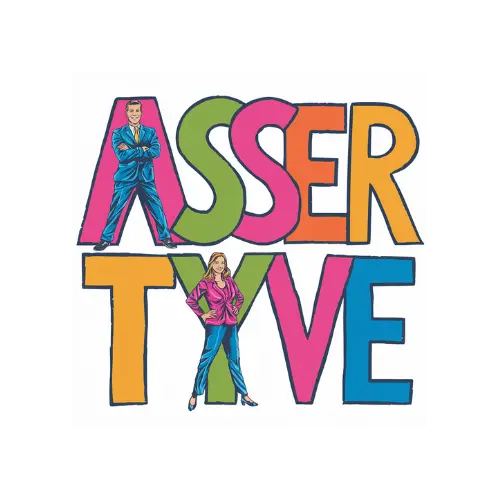Distributive negotiation tactics are a crucial aspect of any negotiation strategy. They involve a win-lose approach, where one party aims to maximize their gains at the expense of the other party. In this article, we’ll delve into the world of distributive negotiation tactics, exploring their applications, advantages, and disadvantages.
What are Distributive Negotiation Tactics?
Distributive negotiation tactics are a type of negotiation strategy that focuses on dividing a fixed pie. The goal is to get the largest possible share of the pie, even if it means the other party gets a smaller share. This approach is often used in competitive negotiations, where the parties have conflicting interests.
In distributive negotiation tactics, each party tries to maximize their own gains, often at the expense of the other party. This approach is commonly used in business negotiations, labor negotiations, and international diplomacy.
Characteristics of Distributive Negotiation Tactics
Distributive negotiation tactics are characterized by several key features:
-
Fixed Pie: The assumption is that the resources or benefits are fixed and limited.
-
Win-Lose: One party’s gain is the other party’s loss.
-
Competitive: The parties are in a competitive relationship, trying to outmaneuver each other.
-
Adversarial: The negotiation process is often adversarial, with each party trying to exploit the other’s weaknesses.
Types of Distributive Negotiation Tactics
There are several types of distributive negotiation tactics, including:
Anchoring
Anchoring involves setting an extreme initial offer, which sets the tone for the rest of the negotiation. This tactic is often used to influence the other party’s perception of the negotiation range.
For example, if you’re buying a car, you might make an initial offer that’s lower than the market value. This sets the anchor, and the seller is likely to respond with a counteroffer that’s closer to the market value.
Boulwarism
Boulwarism is a distributive negotiation tactic that involves making a take-it-or-leave-it offer. This tactic is often used by parties with significant power or leverage.
For example, a large corporation might make a take-it-or-leave-it offer to a supplier, knowing that the supplier needs the business.
Nibbling
Nibbling involves making small, incremental demands during the negotiation process. This tactic is often used to wear down the other party and extract concessions.
For example, during a salary negotiation, an employee might ask for a small raise, and then follow up with additional requests for benefits or perks.
Good Guy/Bad Guy
The good guy/bad guy tactic involves using two negotiators with different personalities. The “bad guy” takes a tough stance, while the “good guy” appears more conciliatory.
For example, in a business negotiation, the CEO might play the “bad guy,” making tough demands, while the CFO plays the “good guy,” offering concessions.
Advantages of Distributive Negotiation Tactics
Distributive negotiation tactics have several advantages, including:
-
Time-Efficient: Distributive negotiation tactics can be quick and efficient, as they focus on dividing a fixed pie.
-
Simple: These tactics are often simple to implement, as they rely on basic human psychology.
-
Effective: Distributive negotiation tactics can be highly effective in achieving short-term goals.
Disadvantages of Distributive Negotiation Tactics
However, distributive negotiation tactics also have several disadvantages, including:
-
Damage to Relationships: Distributive negotiation tactics can damage relationships, as they focus on winning at the expense of the other party.
-
Limited Creativity: These tactics often limit creativity, as they focus on dividing a fixed pie rather than exploring new possibilities.
-
Unsustainable: Distributive negotiation tactics can be unsustainable in the long term, as they create resentment and mistrust.
When to Use Distributive Negotiation Tactics
Distributive negotiation tactics are best used in situations where:
-
Time is Limited: When time is of the essence, distributive negotiation tactics can be an effective way to reach a quick agreement.
-
Power Imbalance: When there’s a significant power imbalance, distributive negotiation tactics can help the weaker party achieve a better outcome.
-
Low-Stakes: Distributive negotiation tactics are often suitable for low-stakes negotiations, where the consequences of failure are minimal.
FAQ
What is the main goal of distributive negotiation tactics?
The main goal of distributive negotiation tactics is to maximize one’s own gains at the expense of the other party.
Are distributive negotiation tactics always effective?
No, distributive negotiation tactics are not always effective. They can damage relationships and limit creativity.
Can distributive negotiation tactics be used in all types of negotiations?
No, distributive negotiation tactics are best suited for competitive negotiations with a fixed pie.
Conclusion
Distributive negotiation tactics are a powerful tool in any negotiator’s arsenal. By understanding the characteristics, types, advantages, and disadvantages of distributive negotiation tactics, you can master the art of win-lose negotiations. Remember to use these tactics strategically, taking into account the context and the relationships involved. With practice and patience, you can become a skilled distributive negotiator, achieving your goals and getting the best possible outcome.







Leave a Reply